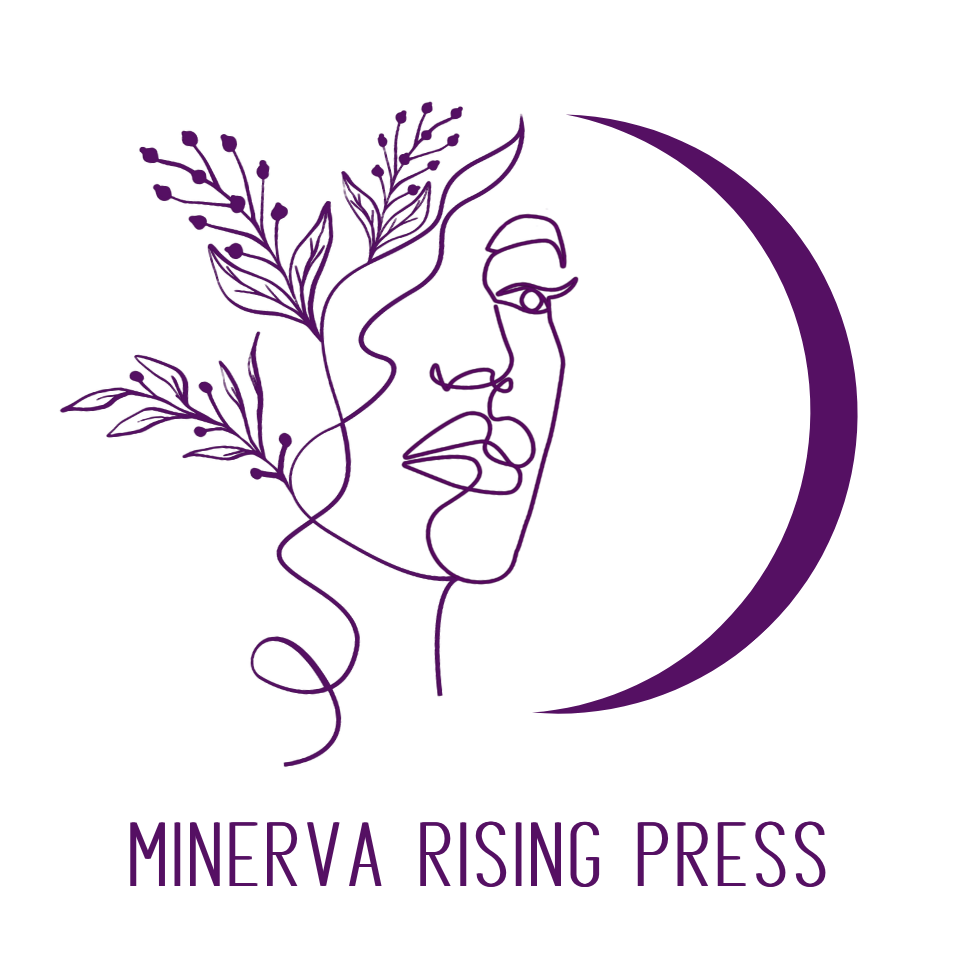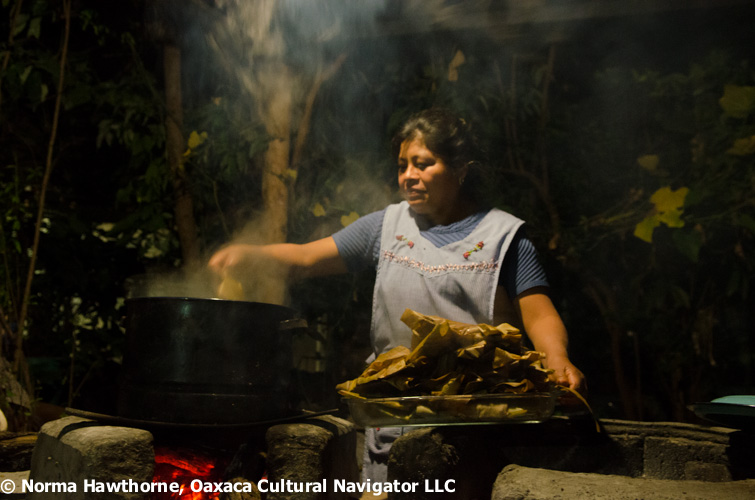On this journey called a lifetime, courage goes hand-in-hand with fear.
In my late-thirties, I was offered a career move to a major city . My son was in his pre-teens and testing the boundaries of our relationship. His dad, from whom I was divorced, lived nearby and we shared joint custody.
In our small Midwest town, a million miles from Chicago but close enough to get there in an hour, women were valued most for how to hold their own at mixed doubles tennis and give a good party. I desperately wanted to stretch and knew I was capable of more. Professional opportunities were few. Yet I was afraid of uprooting my son, leaving the support of a shared custody relationship, the comforts of friendships and familiarity of place. I was rooted to where I lived for longer than I wanted. I was overwhelmed with indecision.
With the help of a psychologist on the faculty of a major university, I faced into the internal storm. He told me whichever choice I made, to stay or to go, would be the right one for me at that moment. There are no mistakes, he said, and this won’t be your last opportunity to make a change. Over my lifetime, I have come to understand better what he meant.
When I decided to stay, I remember feeling sad, disappointed in myself, deflated and ashamed as I called to say I could not accept the job. As the therapist predicted, another, different opportunity did come along later and I moved on. I got to practice making change and building my self-confidence. And, then do it again. But each time, I faced the fear of self-doubt gnawing at me: What if I do that and then it all falls apart? What if I fail?
This makes me think of the Cowardly Lion in the Wizard of Oz. Afraid of his own shadow, the lion didn’t know he had the wherewithal to reach deep down where courage hides. Just like me, the Cowardly Lion got a chance to practice by taking small steps along the Yellow Brick Road, with nurturing friends at his side until he became fully capable of meeting greater challenges.
In the Psychology Today article What is Courage?: Existential Lessons From the Cowardly Lion Stephen A. Diamond, Ph.D. says that life requires courage. He asks, “What is courage?” and then explains. “Courage is a kind of strength, power or resolve to meet a scary circumstance head on. Courage is called upon whenever we confront a difficult, frightening, painful or disturbing situation. When our resources are challenged or pushed to the absolute limit. When we feel threatened, weak, vulnerable, intimidated or terrified. When our first instinctive reaction is to flee. At such times, life is begging an existential question of us: Can we find the courage to face and defeat our fear, or will we be defeated by it?”
I have asked myself this question time and again. When I’ve stayed too long in an unsatisfying relationship or a spent marriage. When I’ve held onto a job for the promise of a steady paycheck and health insurance. When I have put writing aside (tucked away in a basket, a computer file, a journal) because I have lacked the courage to sit with it, dig into my emotional self, and expose my vulnerabilities. Even if no one else reads what I write, I must come to terms with my reflection on the page.
My life continues to shift and flow, change course, turn, detour, puddle. How did I get to this place I now call home in Oaxaca, Mexico? I remember being afraid to retire, afraid I wouldn’t have enough money, afraid there would be no day-to-day structure and I would lose myself again in the abyss of routine and predictability. In this land of solitude, color, warmth, and the grandeur of peaks and valleys, I step into choosing courage each day and I am satisfied.
***
Norma Hawthorne writes and photographs from a small indigenous Oaxaca, Mexico village where she lives part of the year. Her blog, Oaxaca Cultural Navigator LLC (http://oaxacaculture.com), features arts. Photography and textile workshops including a women’s creative writing and yoga retreat, and commentary about Oaxaca life and culture. Her home base in the U.S.A. is Pittsboro, North Carolina.
Norma’s work, “In the Eyes of Mother,” can be found in Issue 4: Mothers.



I don’t even know how I ended up here, but I thought this post was good.
I do not know who you are but certainly you are going to a famous blogger if you aren’t already ;
) Cheers!